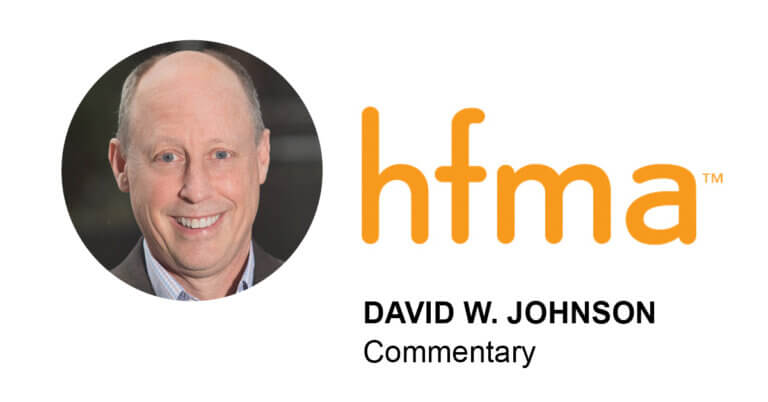April 23, 2025

How Digital Health Literate Are Your Patients?
Big deal. So, you’ve got a digital front door. It doesn’t mean much if your patients can’t or won’t open it.
That’s my takeaway from a new study in JAMA Network Open. Researchers from the National Institutes of Health and a data analytics company called Information Management Services wanted to measure the use of three digital health technologies by patients living in underserved or vulnerable markets.
The three digital health technologies were telehealth, telemedicine and telemonitoring. The study pool consisted of 5,444 U.S. adults age 18 or older living in 871 counties. The researchers divided the adults into two categories: those living in the least vulnerable counties and those living in the most vulnerable counties.
The researchers determined “least” and “most” counties by how well they performed on six community vulnerability domains: socioeconomic status, household composition and disability, minority status and language, housing type and transportation, healthcare infrastructure and access and medical vulnerability.
Overall, 50.6% of the adults used telehealth, 29.6% used telemedicine and 15.7% used telemonitoring. And, as you would expect, in most cases, use of the three digital health technologies was higher in the least vulnerable counties compared with the most vulnerable counties.
More interesting to me was the fact that the researchers separately measured the respondents’ digital health literacy. They did so by using an eHealth Literacy Questionnaire published in 2018 in the Journal of Medical Internal Research by researchers from Denmark, Australia and Thailand. The survey asks 35 questions in seven domains and calculates a score on a four-point scale for each of the seven domains. Maybe you’ve heard of this digital health literacy test, but I sure haven’t.
Why was that more interesting? Because the respondents in the most vulnerable counties had higher digital health literacy scores than respondents in the least vulnerable counties in all seven domains. For example, the respondents in the most vulnerable counties scored 2.94 on “using technology to process health information” compared with 2.89 for respondents in the least vulnerable counties.
The results are counterintuitive. You’d think digital health literacy would be lower across the board in the most, not the least, vulnerable counties.
The researchers didn’t comment extensively on that result other than to say, “One potential explanation is that people who are knowledgeable of security and privacy threats to personal health information have higher standards or perceive existing protections of their information as insufficient.”
In other words, it’s trust. The worse off you are, the less you trust the system with your personal health information. I get that.
Either way, the lesson for any healthcare organization promoting its digital-first or digital front door for its customers is this: access starts with digital health literacy and ends with trust. If you don’t have both, no one’s clicking on your buttons.
Thanks for reading.





